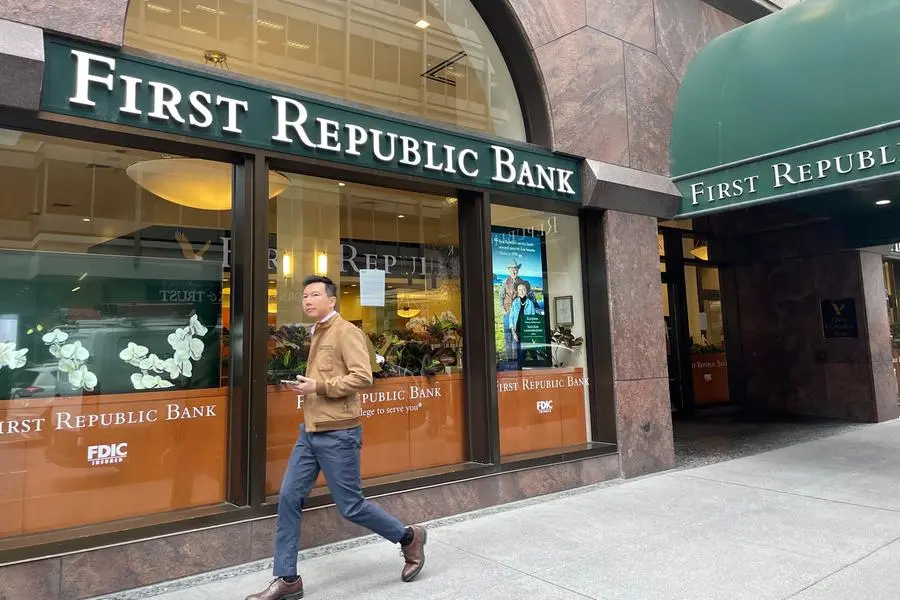PHOTO
NEW YORK - Few investors and bankers could have imagined regulators would allow the largest U.S. lender to buy another bank and become even bigger. Then, Jamie Dimon beat the odds, clinching a deal to buy First Republic Bank on Monday.
Now, the JPMorgan Chase & Co CEO expects more deals will follow in the industry.
"Banks will consolidate," Dimon told analysts on a conference call on Monday hours after winning a government auction for the San Francisco-based lender, which was seized overnight by regulators.
The approval of the JPMorgan deal -- which two months ago would have seemed unthinkable given the "too big to fail" stigma of 2008 -- could signal a potential shift in stance from regulators as banks face more stress in a worsening economy.
Large regional banks could merge with each other to better compete with banking giants, while small and mid-size lenders could also be taken over as their customers flee to larger institutions.
Dimon is not alone. Several analysts, industry executives and investors said they believe the March banking crisis has set conditions for a long-predicted round of industry consolidation to finally happen. The reasons are many, they said.
Lenders that have a high proportion of deposits that are not covered by federal deposit insurance are under pressure amid a flight to safety and may need to raise capital.
More costly regulations are likely to follow in the wake of the crisis, which could further erode banks' bottom lines and force them in the arms of a suitor.
And as a recession looms and economic activity slumps, rising defaults in the commercial real estate market and shrinking profits may also spur tie-ups.
"There are a lot of signs pointing to the fact that the consolidation period has just begun," said Dan Goerlich, a partner at PwC who focuses on U.S. financial deals.
The U.S. currently has more than 4,700 banks, government data showed. Only half of those will survive the next decade, predicted Greg Hertrich, head of U.S. depository strategies at Nomura.
That compares with a shakeout after the 2008 financial crisis. From 2007 through 2013, the number of independent commercial banks operating in the U.S. shrank by 14%, or 800 institutions, government data showed.
"I'm already having knocks on my door," Mona Dajani, a partner at law firm Shearman & Sterling LLP. "A lot of the regional or smaller banks are looking at being acquired. We've also been approached by some big bulge bracket banks that are also looking to acquire the regional banks."
However, a major hurdle remains. It is not clear how much regulators will allow banks, especially larger ones, to do outside of a crisis situation.
The Biden administration has also taken a tough stance on mergers, fearing deals can lead to antitrust issues. Some bank deals have been stuck for months waiting for approvals.
Even in the case of recent bank failures, regulators were initially reluctant to do shotgun weddings.
Silicon Valley Bank and Signature Bank were closed in March without buyers lined up for them -- a decision that some analysts and investors said fueled the most turbulent period in banking since the 2008 crash.
The case of First Republic suggests that their thinking has evolved. Regulators let the bank look for a private sector solution to its problem for weeks before it became clear last week that the bank would fail. This time, regulators stepped in to auction the bank's assets over a weekend.
And Monday's deal shows larger banks with deeper pockets are better placed than mid-sized lenders, according to Jefferies analysts.
"This may have precluded other regional bank bidders from making the math work as well as it does for JPM," they wrote.
(Reporting by Tatiana Bautzer and Saeed Azhar in New York, additional reporting by Nupur Anand and Mehnaz Yasmin; Editing by Lananh Nguyen and Anna Driver)





















